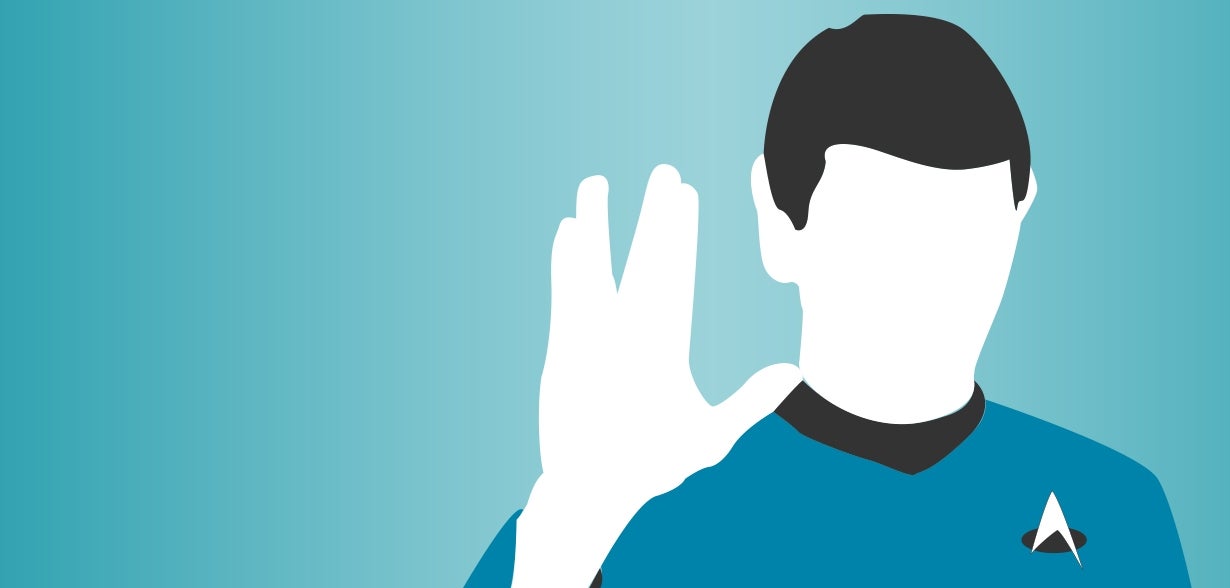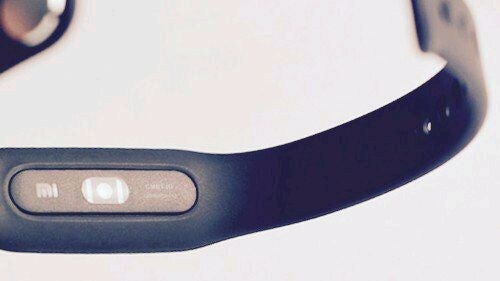2016 will be the year of the wearable: here is why
This article may contain personal views and opinion from the author.

We were supposed to have jetpacks already, yet we're still barely able to have properly working wearables in 2015.
I expect this to change radically in 2016. Nope, we're not getting jetpacks (hey, Martin's Jetpack looks nice, but it's more of a concept than daily means of transportation), but we're finally about to get some decent wearables.
Qualcomm's XPrize
Probably the best way to get an idea come to reality is to announce a competition for it.
This is exactly what Qualcomm's XPrize challenge did: a couple of years ago, chip giant Qualcomm set up a $10 million fund for the company that will invent a real-world tricorder. For those who are not Star Trek junkies, the tricorder is a fictional portable device used in the series that would diagnose diseases and give health data about an individual without the need for a doctor to operate.
The bar of requirements for a device to enter the XPrize competition are set high: it should be able to capture key health metrics including blood pressure, respiratory rate and temperature, and it should also be capable of diagnosing 15 diseases including pneumonia, diabetes, hepatitis A, stroke, tuberculosis, sleep apnea, and more.
2016 will be when Qualcomm will finally unveil the winners of the XPrize, the award ceremony is set to take place on January 27th.
"The last generation to know so little about our health"
There are seven teams of finalists that will be competing for the big prize, but given the recent surge in activity, it seems that the Scanadu team is one of the big favorites. What started as a crowdfunding success (with over $1.6 million in funding), Scanadu has subsequently amassed additional capital for its completely wireless, hockey puck-sized Scanadu Scout scanner that you put to your temple for around a minute to get vital readings about your health. All of those readings are conveniently recorded in a phone app that also tells you whether your readings are within the norm, deviating or whether you need to visit a physician. Scanadu has shown fully functional units and it has already delivered the Scout to its backers, but it is now working towards the bigger goal - getting FDA certification that will make it not only a recreational way to measure your vitals, but a medical-grade one.
Founder Walter de Brouwer is on the record saying that this will be the last generation to know so little about our health, and the Scanadu Scout could be one of the tools to get us there.
If this sounds interesting to you, we also encourage you to take a look at the 6 remaining finalists in the Qualcomm XPrize challenge and their ideas about a real-life Tricorder. Having such a diagnostics device - be it in the form of a wearable or a completely wireless gadget that you carry in your pocket - will be a giant leap towards the actual usefulness of wearables that are now limited in function.
Second generation
We don't have any official details, but it's only logical to expect the second generation Apple Watch in 2016.
Reviews about the current Apple Watch have been rather tepid, with the biggest concern being that the timepiece is an answer in search of a question rather than a valid solution to real-world needs. Slow loading times and limited functionality are also often quoted as problems that are not to be overlooked.
We don't expect a revolution with the second-generation Apple Watch, but we do expect Apple to polish the rough edges and make the experience much more enjoyable, hopefully faster. Apple Watch OS has also evolved in version 2.0 and if the rapid pace of software improvement continues, there will be one more reason to recommend the watch to more than just the Apple faithful.
Leave your phone at home
While barely anyone would agree to live with just a watch that would replace a phone, there are many cases where you don't want to carry a phone with you, but you still want to be fully connected.
That's where fully independent wearables come to play. The Samsung Gear S2 with e-SIM is the first such gadget this year, but hopefully it is part of a new wave of fully independent smartwatches to come in 2016.
With an e-SIM, you can take and place calls, as well as use data on your smartwatch without the need to tether it to your phone. Moreover, a fully independent watch has the potential to have a much more satisfying user experience as you don't have to deal with lengthy refresh times (the watch could theoretically do this in the background).
Extremely affordable fitness trackers with actually useful data
Extremely affordable fitness trackers are not exactly a novelty: the Xiaomi Mi Band is particularly popular in Asia and Europe, a discreet bracelet that tracks your steps, calories and gives you vague data about your sleep. However, the Mi Band is currently very limited in terms of functionality.
This is set to change with the recently leaked Xiaomi Mi Band 1S: a fitness tracker that adds a heart rate scanner for a much more useful data about your days and nights. With a price of some $20 in Asia, the Mi Band 1S has the potential to end up on millions of wrists and bring health and fitness data to people who cannot afford the multiple times more expensive Fitbits and Jawbones of this world.

Follow us on Google News













Things that are NOT allowed:
To help keep our community safe and free from spam, we apply temporary limits to newly created accounts: